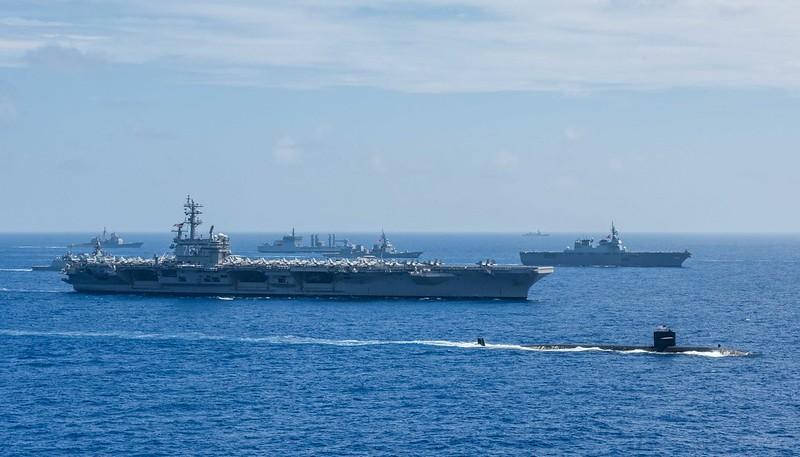The US and its allies, Australia, New Zealand, Japan, and the United Kingdom, have launched a new initiative called Partners in the Blue Pacific for effective and efficient cooperation with the region’s small island nations in response to China’s aggressive push to expand its sphere of influence in the Pacific. After China pushed for a broad, common cooperation pact with 10 Pacific states, it became obvious the planned extent of its expanding influence and the geostrategic competition in the region increased.
Buy Prime Test Series for all Banking, SSC, Insurance & other exams
About Partners in the Blue Pacific (PBP):
- A five-nation informal framework, the PBP aims to support Pacific islands and strengthen regional political and economic ties.
- It calls for further cooperation to improve “prosperity, resilience, and security” in the Pacific. It simply means that these nations will contribute more resources through the PBP, both collectively and individually, to block China’s aggressive outreach.
- Members of the initiative have also promised to strengthen ties with the Pacific Islands Forum and promote regionalism in the Pacific.
- The five member countries said in a joint statement announcing the project that the forum “remains open to engaging with additional partners,” adding that “at every point, the Pacific Islands will be led and guided by us.”
- On the choice of the PBP’s lines of effort and its flagship projects, we shall look to the Pacific for advice.
- The climate issue, connectivity and transportation, marine security and protection, health, prosperity, and education are among the sectors where PBP seeks to improve cooperation.
China’s Impact on the Pacific:
- In April, China and the Solomon Islands inked a security agreement that raised major questions about the possibility of the Chinese military establishing a base in the southern Pacific, near to the US island territory of Guam and Australia and New Zealand.
- The agreement alarmed the US and its allies and reinforced Beijing’s efforts to control important maritime lanes that cross the region.
- Additionally, it sparked hasty actions to oppose China’s expanding Pacific ambitions in the midst of a power vacuum fueled by the US’s ostensible inattention.
- In addition to holding virtual talks with the Cook Islands, Niue, and the Federated States of Micronesia during the diplomatic blitz, Wang Yi visited the Solomon Islands, Kiribati, Samoa, Fiji, Tonga, Vanuatu, and Papua New Guinea.
US and Allies: Measures to Stop China
- The Indo-Pacific Economic Framework for Prosperity (IPEF), a trade-boosting initiative in the region with 13 countries as partners — Australia, Brunei, India, Indonesia, Japan, Malaysia, New Zealand, the Philippines, Singapore, South Korea, Thailand, Fiji — was started by the US and its allies before the PBP was unveiled this month.
- Away from the Pacific, the G7, unveiled a strategy called the Partnership for Global Infrastructure and Investment (PGII), which aims to compete with China’s Belt and Road Initiative by pledging to raise $600 billion to finance development initiatives in low- and middle-income nations.



 ODI World Cup winners full list (1975-20...
ODI World Cup winners full list (1975-20...
 T20 World Cup ambassador Usain Bolt pred...
T20 World Cup ambassador Usain Bolt pred...
 List of Former Governors of Uttar Prades...
List of Former Governors of Uttar Prades...
